Large kitchen island ideas – how to design a space with a supersized island
Large kitchen island ideas are a necessity for big kitchens, increasing your counterspace and balancing your layout. Here's how to make them work


Hugh Metcalf
If you have a big space to fill, a large kitchen island idea is going to likely be a requirement for your design. After all, there's nothing worse than a tiny island floating in the middle of a vast room.
But while it might seem like it's simple a case of sizing up your island, choosing to enlarge this hub of your kitchen needs to be carefully considered. A larger island will play a different role not only in how your kitchen looks, but its layout and how you move around the space.
So, before you decide to go supersize with your kitchen island ideas take a look at these real spaces that have successfully introduced long, wide (and sometimes both) islands in a way that complements the space, without overpowering the rest of the design.
Large kitchen island ideas that make the most of your space
1. Echo the proportions of the room
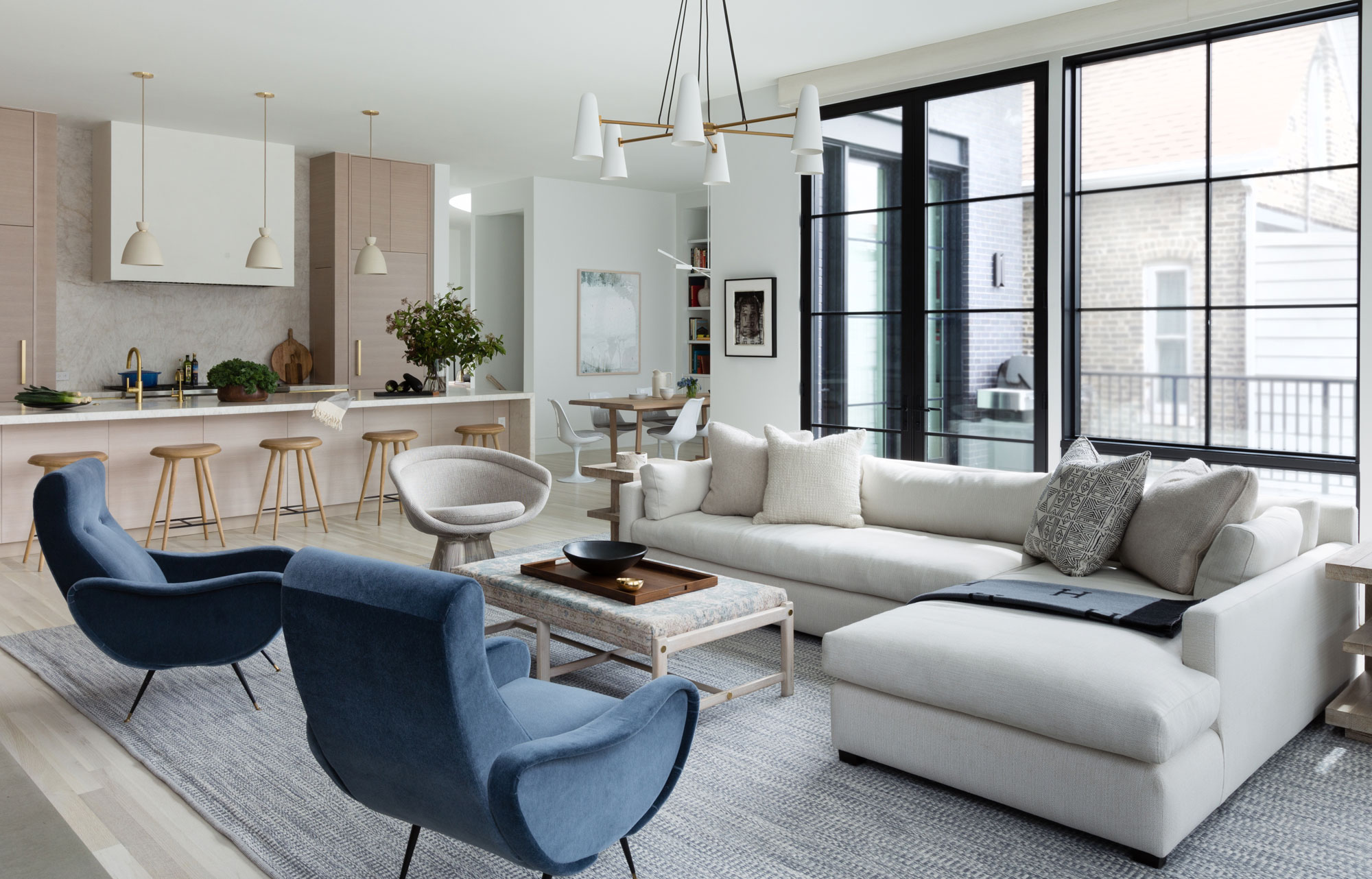
The dimensions of the right kitchen island are often already outlined by your home's architecture. If you can afford to, be generous with the sizing of the island as far as you can, minimizing the amount of 'dead' space that can often be found at the ends of an island.
In this design by Chicago-based Summer Thornton Design, for example, an extra long island stretches across the width of this open concept living space. By extending the full length of the kitchen, the island provides ample seating, but also provides a clear divide from the living area, while still offering a comfortable walkway around the kitchen.
As a kitchen idea, choosing for the island to span the entire space gives this scheme a brilliant sense of luxury that a smaller island just wouldn't.
2. Use curves to soften a huge island
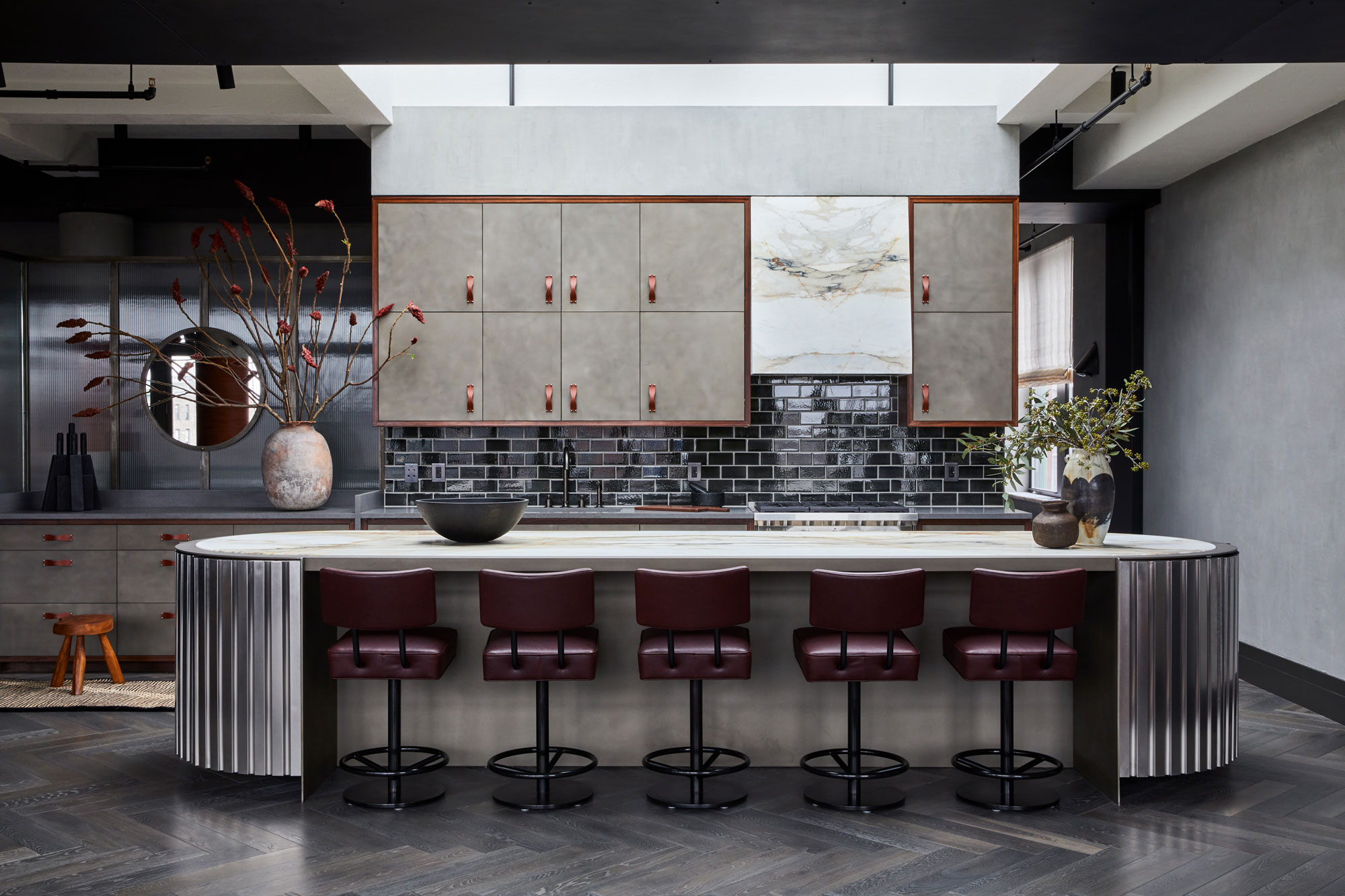
Rounding the edges is a spatial design trick that works for any kitchen island, but particularly a large kitchen island idea where you may want to help make moving around it seem easier.
The idea is based on a simple psychological trick – namely that we're subconsciously programmed to avoid sharp objects, including corners. This means that even if an angled island corner is just in your peripheral vision, you'll instinctively take a wider berth of the island. Rounded corners encourage closer movement to the island in comparison.
The difference may simply be a few steps every time you traverse your kitchen, but those few steps certainly add up, especially if you spend a lot of your time in this room of the house.
For this supersized metal-clad island in a modern apartment, interior designers Jesse Parris-Lamb used a pill-shaped kitchen island layout idea to soften the space and encourage better movement around the kitchen.
3. Design a large island to define the space
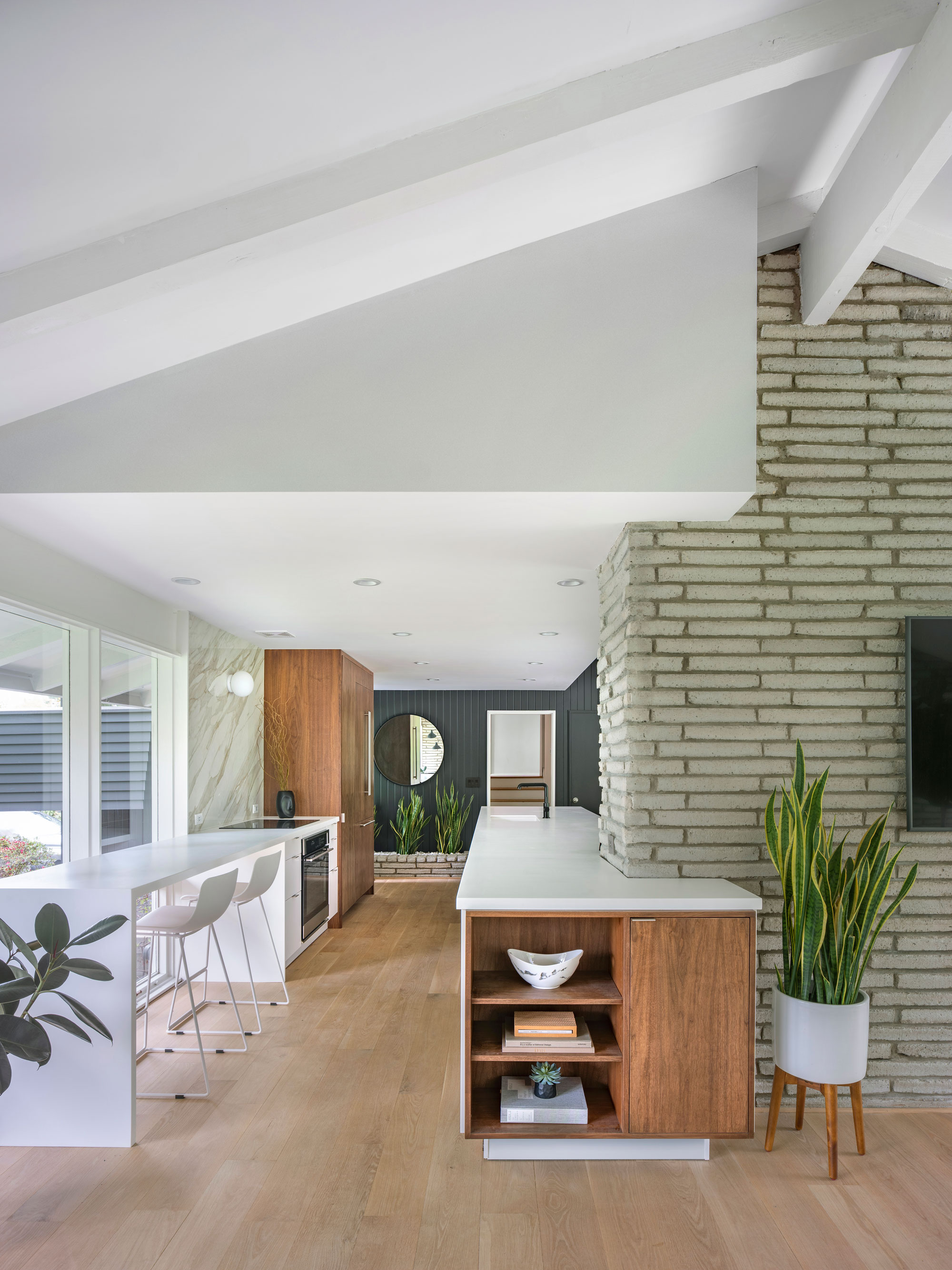
Open plan kitchen ideas are great in theory, but sometimes the sense of openness is what you're craving, but not a layout without structure and definition. While in re-designing this mid-century home in Kansas, Forward Design Architecture knocked down many of the separating walls, a long island has been employed to keep the kitchen distinct from the rest of the living area.
'It was very important to us that when we began removing walls to open the plan of the house spatially, we maintained the discreet functions of the rooms,' explains architect Chris Fein. 'The island the soffit above and the fireplace allowed to define these spaces in an organized way.'
4. Create a large peninsula in a smaller space
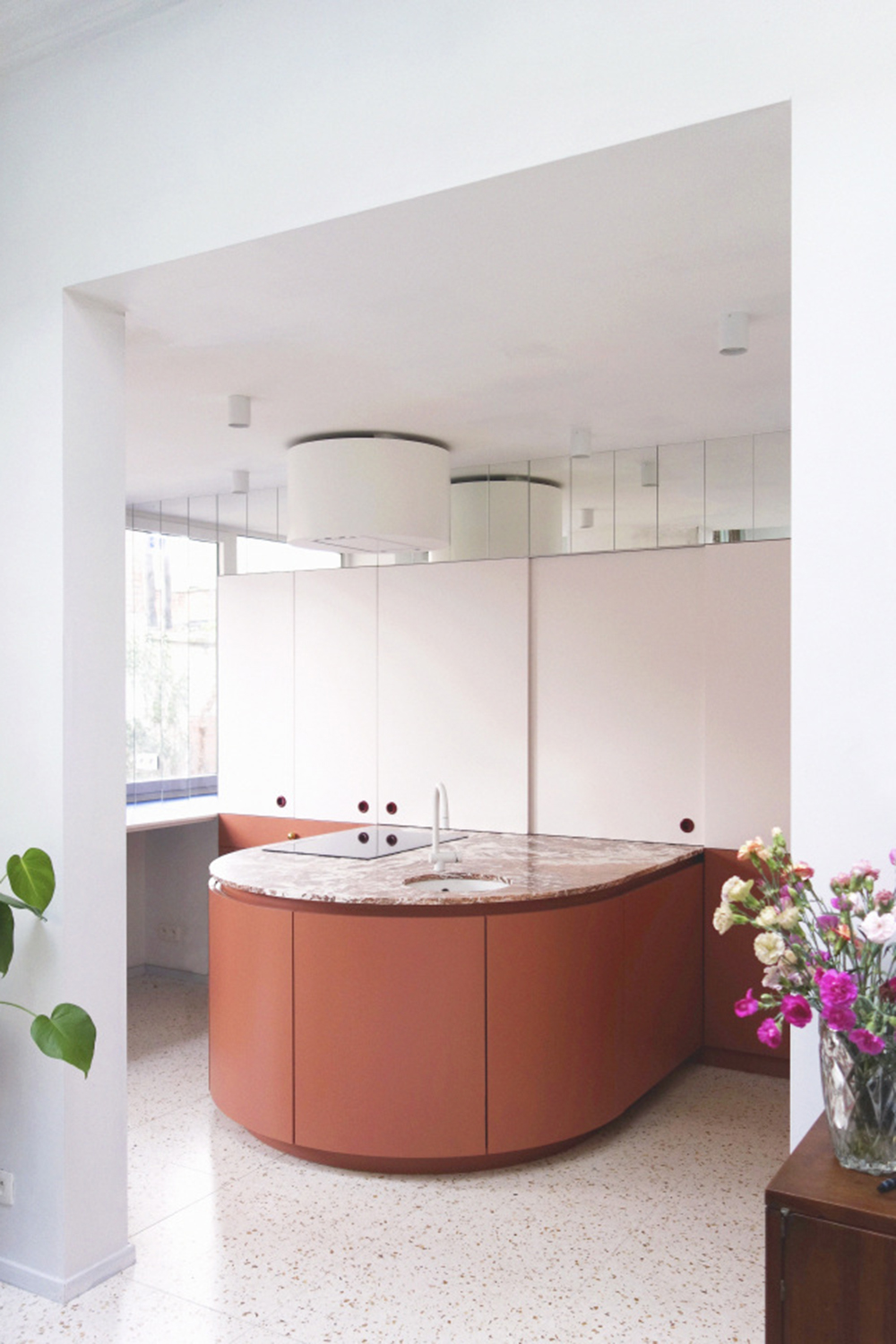
Ok, this technically isn't an island, more a peninsular but being central to the kitchen we're running with it. A fantastically unique and generous island design by Belgian architect Dries Otten this minimal and modern kitchen idea features a clay-colored semi-circle workstation attached to the middle of the back wall of the kitchen.
Topped in brown veined marble and with a stovetop and sink, the island is a functional part of the cooking process as well as a space to prep and sit. The kitchen itself is small with not a lot of work surface around the edge and the island is a playful example of how to incorporate a large island in a small space kitchen.
5. Consider the space around the island
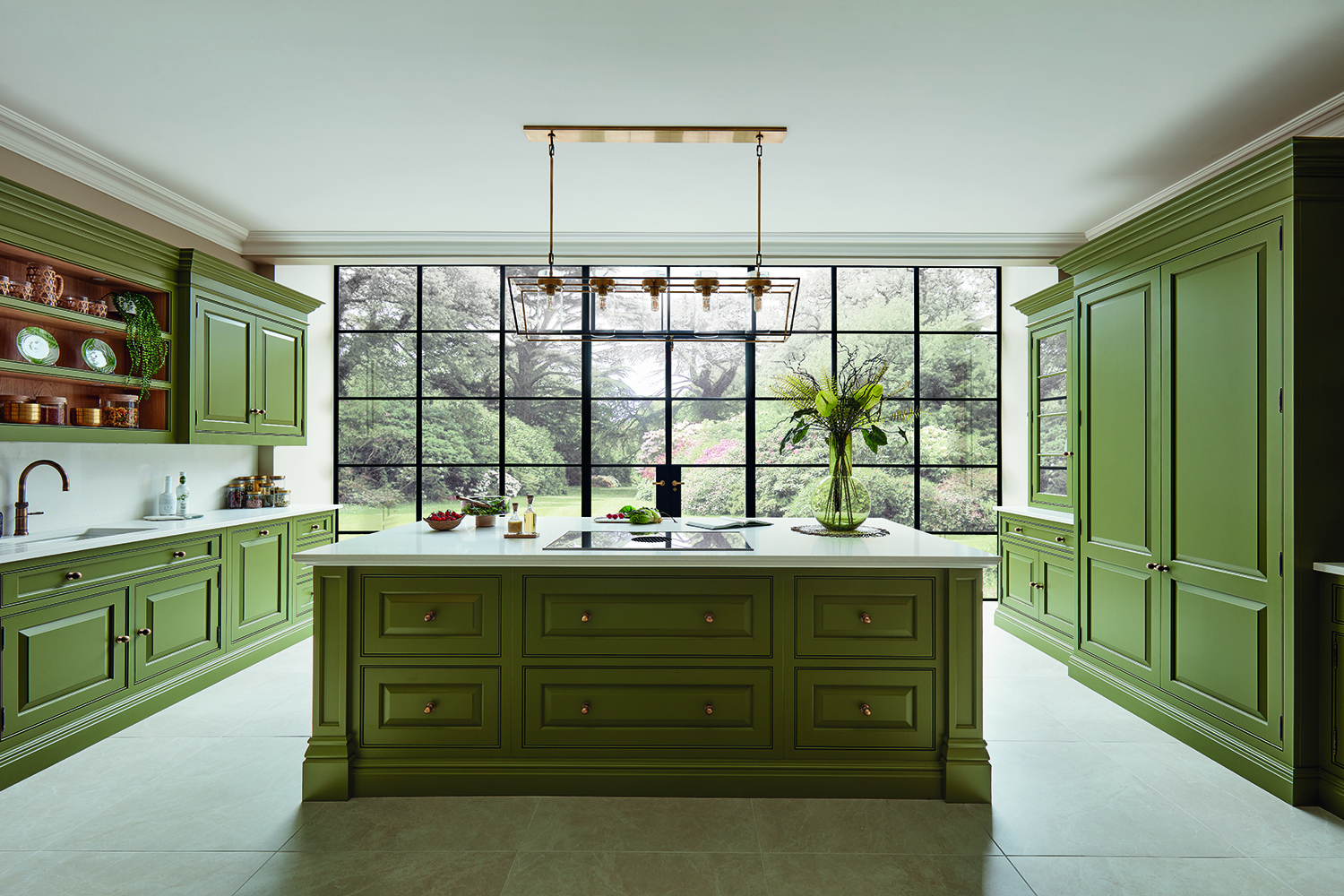
There are emotions and nostalgia attached to that dream kitchen island. Slow reading the Sunday papers whilst the coffee bubbles, spreading out school work whilst eating a comforting dinner or pouring a glass of wine with friends. It's easy to want to steam ahead with implementing that dream but it's important to think about how space around it will be used and what the reality of your kitchen island layout will look like.
'Kitchens need to be as functional as they are beautiful and sacrificing floor space to fit an island will just give an awkward, uncomfortable look,' says Tom Howley, Design Director of Tom Howley Kitchens. 'The importance of walkway space should be a key consideration. When designing your layout always leave a meter of walkway space either one or two sides of your worktop, island, or peninsula counter. This is a functionally and aesthetically effective dimension to keep in mind.'
6. Build a multifunctional island
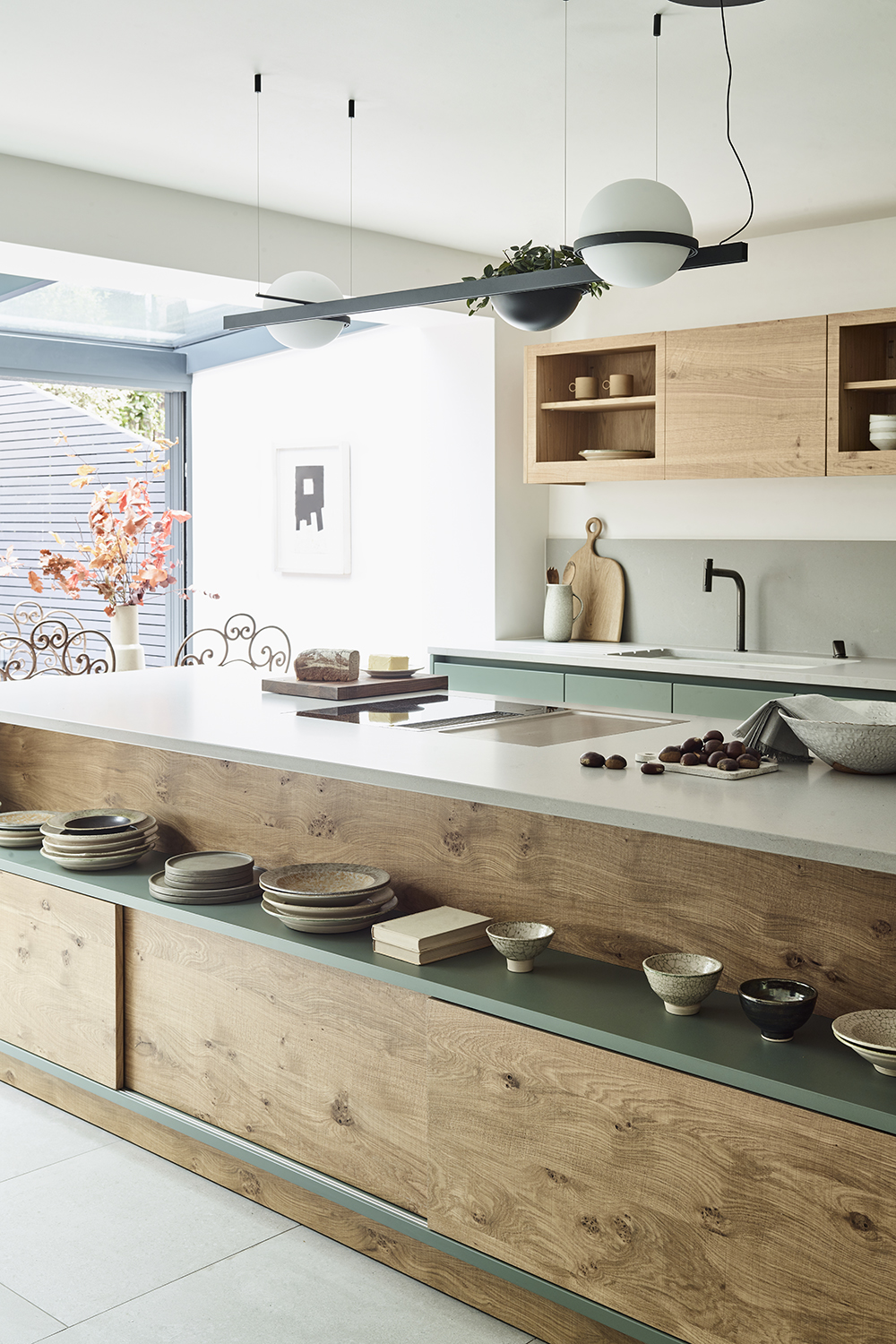
Kitchen islands are a perennial favorite but are even more in demand are islands that work hard to incorporate all the extra elements from multifunctional living. This island is a beautiful piece of furniture and houses reams of storage underneath as well as a bench to sit on or display tableware.
'At the planning stage try to make your island as large as you can comfortably fit into your kitchen,' says Sam Hart a designer at Roundhouse Kitchens. 'If it’s too mean in size you won’t get the benefits it will bring. It will become a focal point and you’ll want enough space around it for people to sit and socialize.'
'Make sure it has plenty of built-in storage, good extraction, and a robust kitchen countertop for food prep. If you have a large open plan space an island is great for zoning it and creating a natural barrier between the cooking/living/dining areas. A further big plus in an open-plan space is that an island can be made to look more like a piece of furniture.'
7. Upgrade a kitchen table to an island
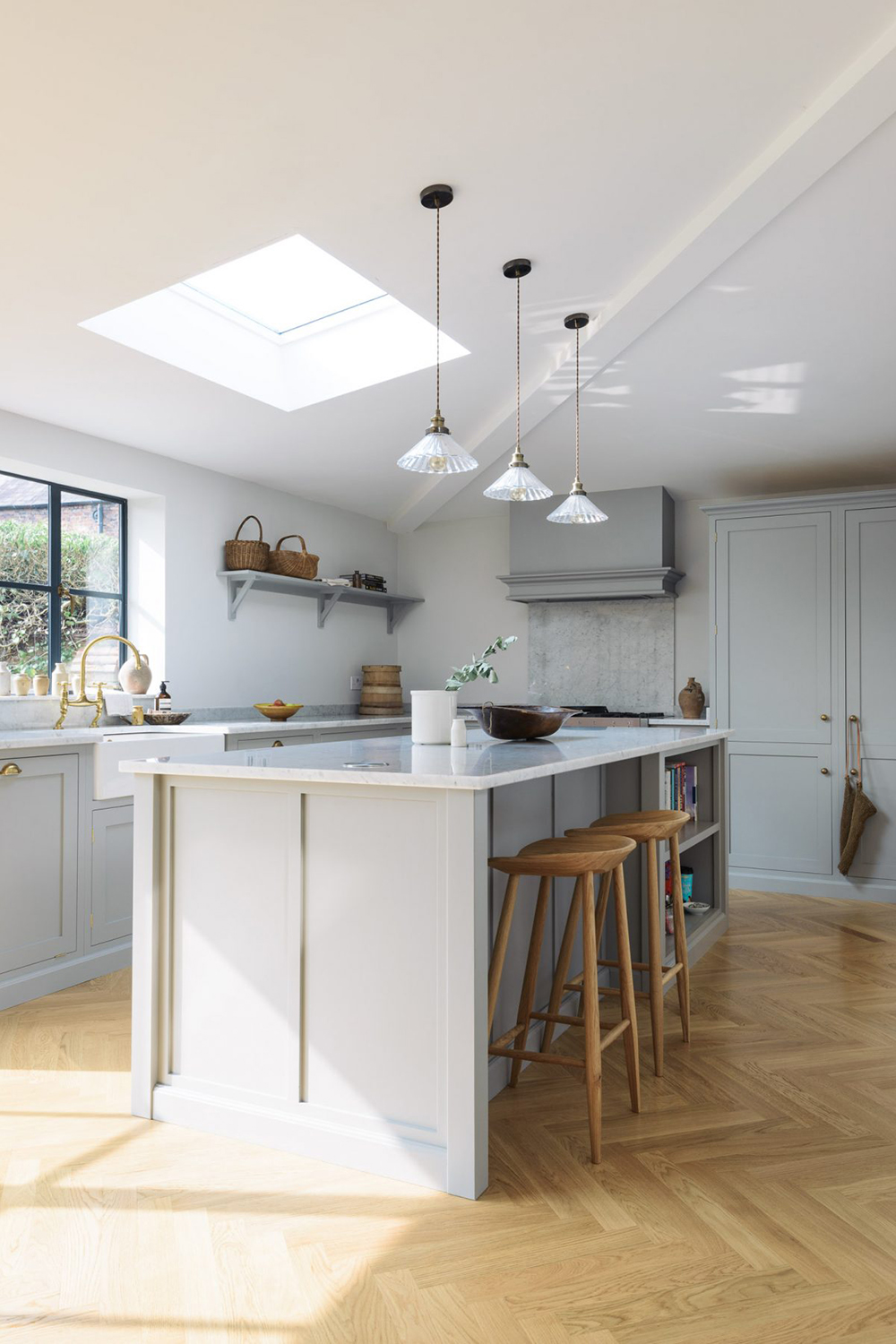
A reason people often decide against having an island is that there is simply not enough space – however it can also be the solution for lack of space. Islands can provide seating and essentially a dining room in miniature too. Good kitchen tables will normally take up quite a lot of space, and if you don’t have that space or don’t want to waste it, dining at your island is not a bad idea.
We are always keen to keep the design of our islands simple and try not to cram too much into this one all-encompassing piece of furniture. The beauty is you can have a kitchen sink and dishwasher in an island, so if you don’t have the perfect kitchen window in the perfect spot for your sink then you can opt for an island. Many people who have big open plan spaces with seating and views out into the garden can locate their sink or cooker (for that matter) into an island and face the action.
8. Go big with an island made from a vintage find
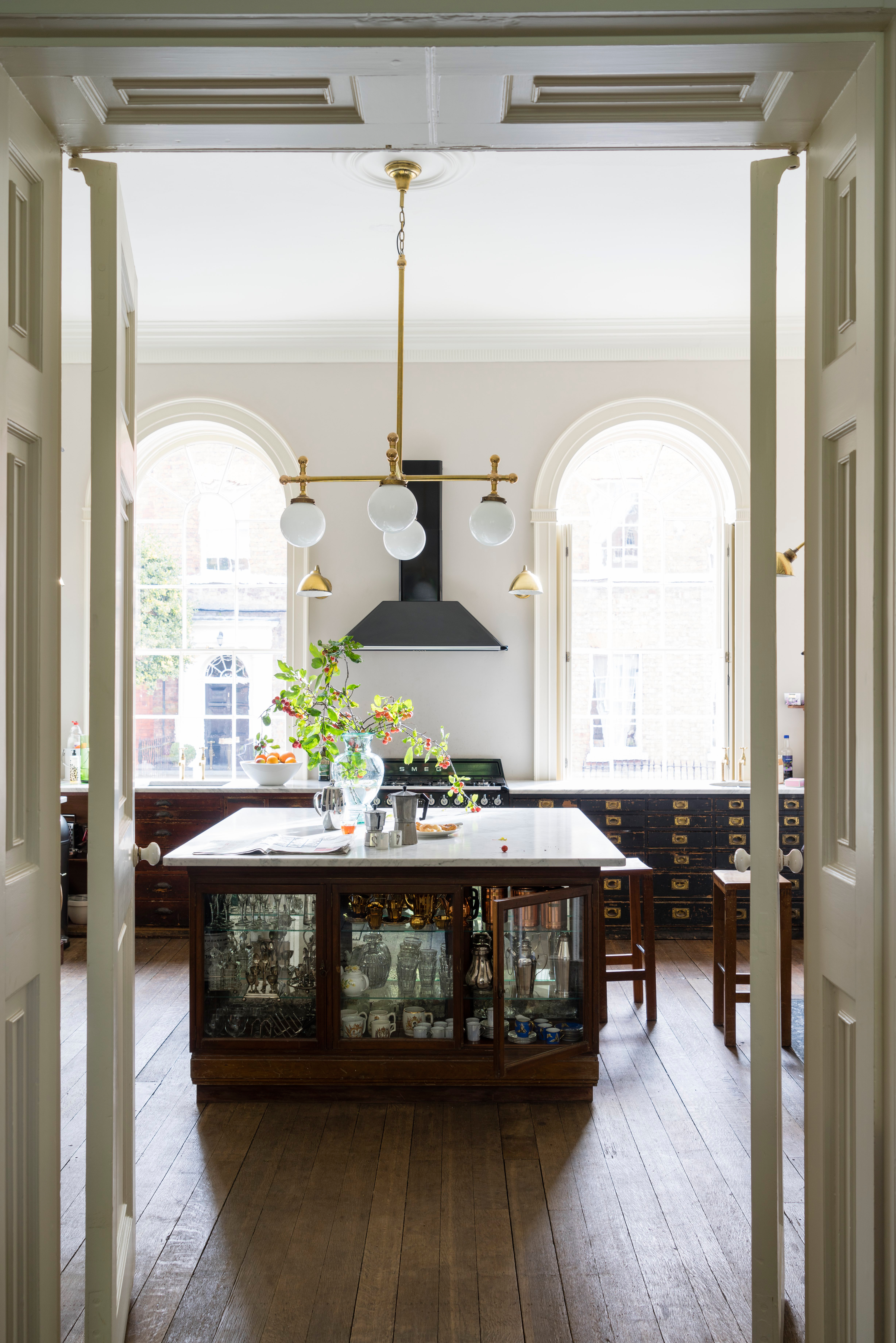
An island can technically be created out of anything you can rest a worksurface on. This stunning open-plan historic interior boasts a kitchen island made of a vintage mirrored display cabinet. Stacked with vintage glassware, china, and silverware, the island becomes a glittering, charming piece of furniture in the center of the room creating an incredible-looking talking point and space to entertain.
And note the kitchen island lighting too. The Mid-century vibe globe lights create a beautiful contrast with the vintage island, tipping it over from a classic vintage kitchen to something more edgy and contemporary.
9. Consider a stone island carefully when supersizing

This multicolored marble island is both achingly modern and like a standalone impressionist piece of art. Pairing perfectly with luxuriously crafted interiors the island sits seamlessly within the space that is brimming with handmade vases, impressionist artwork, and vintage furniture.
What makes kitchen islands, no matter what their size, such a luxury feature is that you can really go all out in the materials you use. However, when it comes to larger islands, opting for one material can be tricky. A solid stone kitchen countertop idea running across the sides and front of the island runs the risk of looking monolithic - an enormous slab with no definition. Choosing an interesting marble design like this brings more light and shade than a simpler stone choice would.
10. Optimize on storage with a large kitchen island
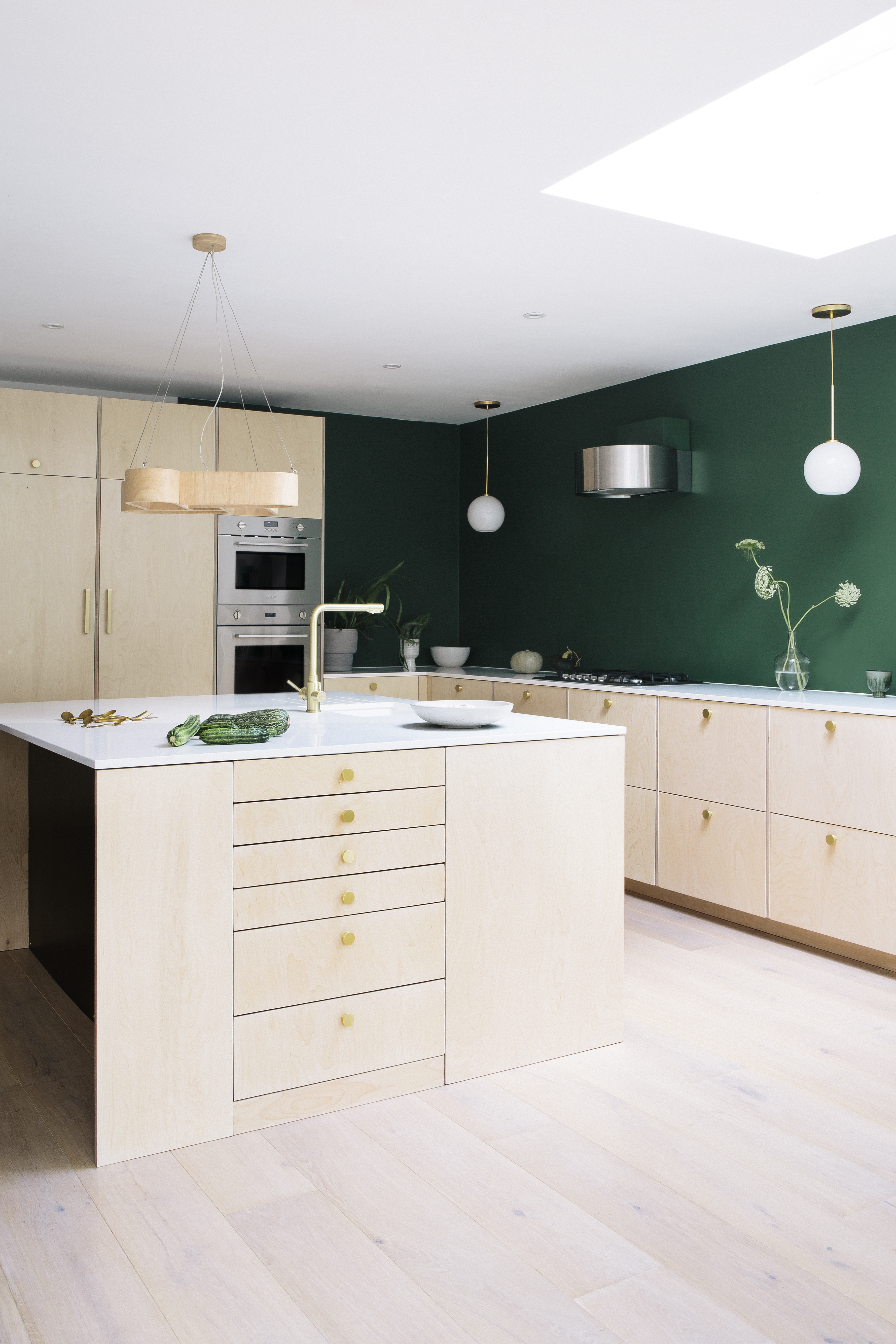
Entirely functional, large kitchen islands are great at offering alternative storage opportunities, the ends can be used to store and display cookbooks whilst drawers and typical cabinetry can make the body of the island. It also provides often much-needed additional work surface area, this can be used for preparation, entertaining, or add a kitchen island with seating and you have a dining space too.
'With a larger island, it is possible to add appliances and sinks, streamlining the look and maximizing the potential of the kitchen,' says Graeme Smith, Head of Retail and Commercial Design at Life Kitchens. 'Alternatively, a freestanding island is a compact solution that offers storage and work surface space that can be moved freely around the room creating added flexibility.'
11. Create a social space with a big kitchen island
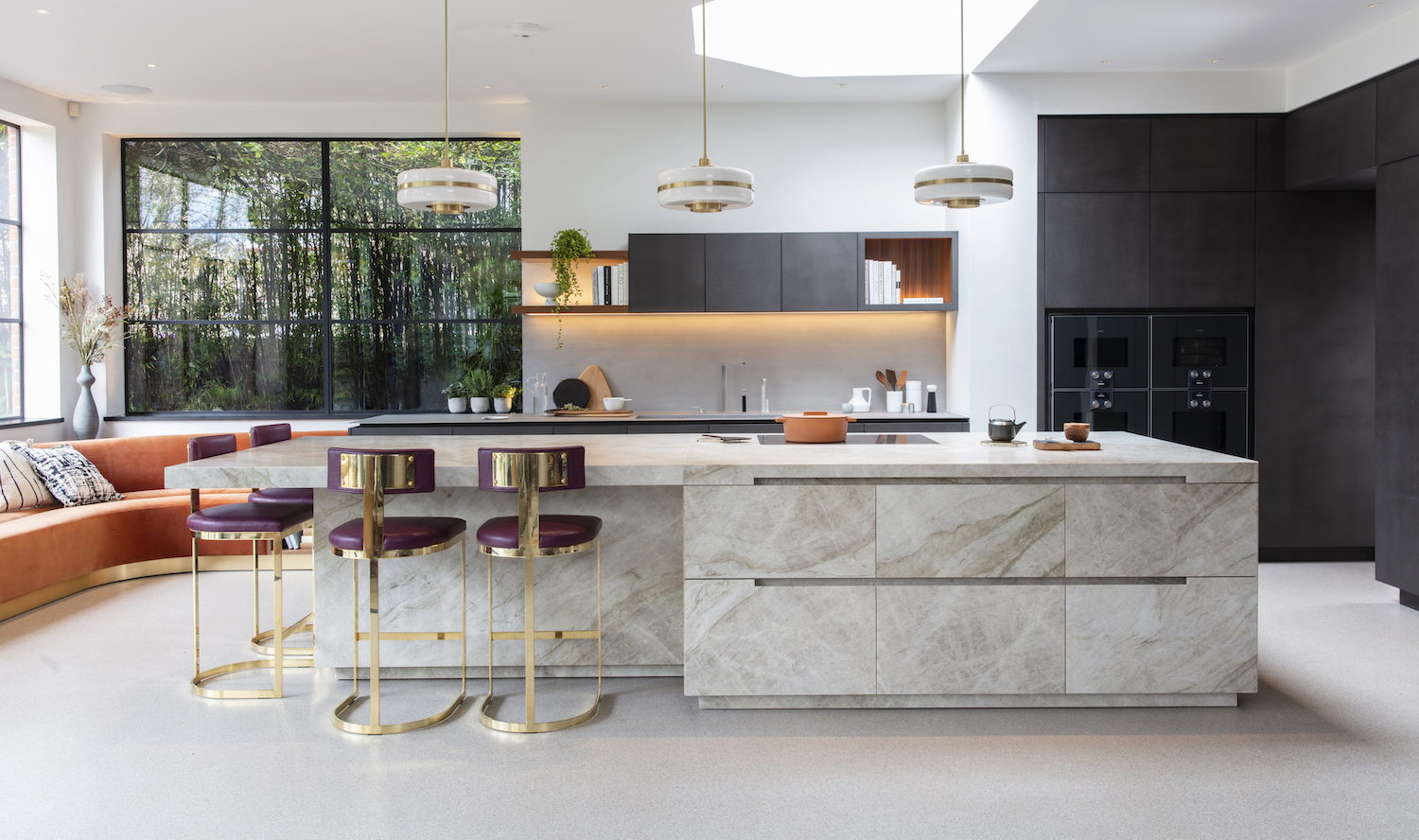
If you spend a lot of time socializing in the kitchen, use a large kitchen island to create an instant hub. A place in your kitchen that becomes even more of a social space than your dining table. Ensure there's an easy flow around it, comfortable spots to perch can at a height that's suitable to lean against, or eat and drink from. Add a hob to one end so you can be cooking while your guests gather around the other. A large kitchen island is a great excuse to ensure your kitchen always feels like the heart of your home.
'An island or kitchen breakfast bar can work as both a storage area and a place for dining, says Sinead Trainor, Kitchen Category Manager at LochAnna Kitchens. 'While from first glance an iconic design element has been created for the home, the cupboards that fit beneath the island are also a useful place to keep pots, pans, or food. Larger islands or breakfast bars also mean that a hob or sink can be fitted in as well, again utilizing every inch of surface space.'
What is a good size for a large kitchen island?
A good size for a kitchen island, or any sized island for that matter is at least four feet long and two feet deep. But naturally, for a large kitchen island, you probably want to go bigger than that so that it really has the impact and can be used for things like sinks, appliances etc.
So what you are probably best looking at is not the size of your island, but the size of the space around it and that can help guide your decision on dimension. You want to ensure that no matter how big your island there is plenty of room for people to move easily around the space and you can comfortably work at countertops, cook on the stove, open the fridge and perform all the basic tasks we ask of a kitchen. As a rule of thumb, you should always leave 42 inches at least between the kitchen cabinet and the edge of a kitchen island.
Be The First To Know
The Livingetc newsletters are your inside source for what’s shaping interiors now - and what’s next. Discover trend forecasts, smart style ideas, and curated shopping inspiration that brings design to life. Subscribe today and stay ahead of the curve.

Rohini Wahi is Content Editor for Livingetc Online. With a decade-long career in the interiors and design industry working as a journalist for premium lifestyle publications then delving deeper into the business as a trend forecaster, Rohini has amassed a wealth of global design knowledge that informs her work. She loves a period drama and keeps a tidy home.
- Hugh MetcalfEditor
-
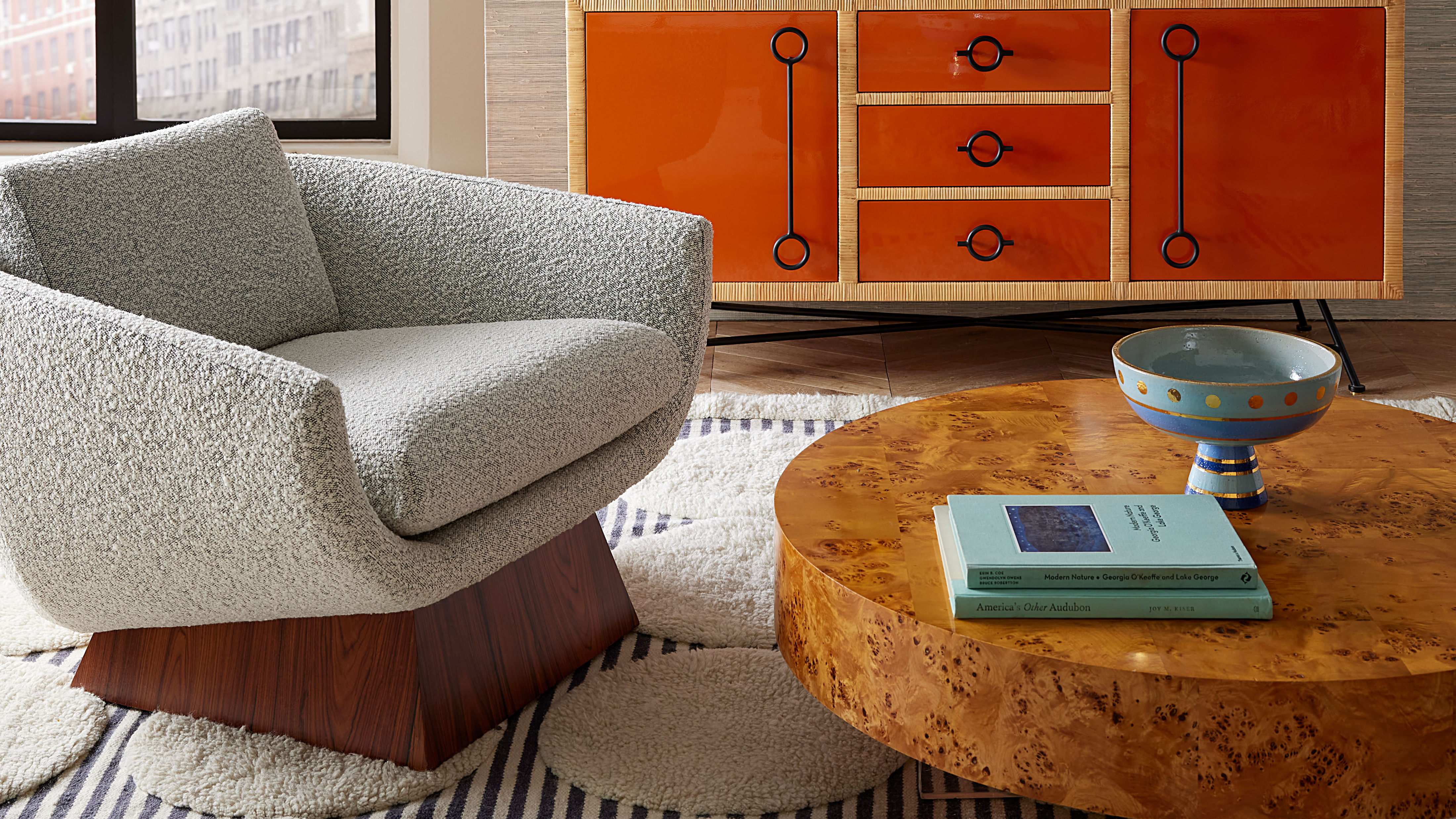 Burl Wood Decor Is 2025’s Most Coveted Comeback — Here’s How to Get the Storied Swirls for Less
Burl Wood Decor Is 2025’s Most Coveted Comeback — Here’s How to Get the Storied Swirls for LessIrregularity is the ultimate luxury, but you don’t need an antiques dealer to find it
By Julia Demer Published
-
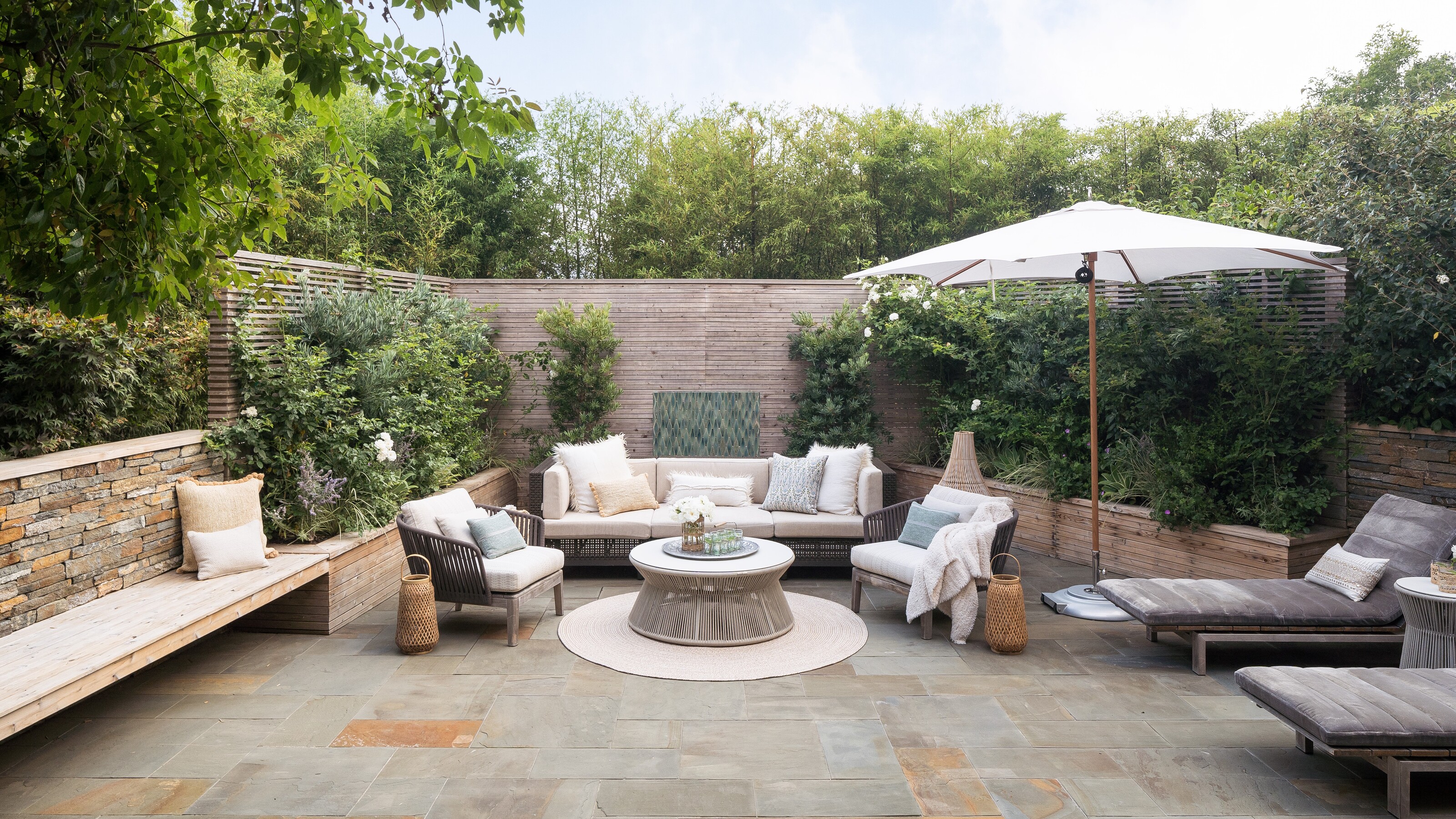 5 Garden Features That Instantly Add Value to Your Home — While Making Your Outdoor Space More Practical, too
5 Garden Features That Instantly Add Value to Your Home — While Making Your Outdoor Space More Practical, tooGet to know all the expert tips and tricks for making your backyard a standout selling point for your home.
By Maya Glantz Published